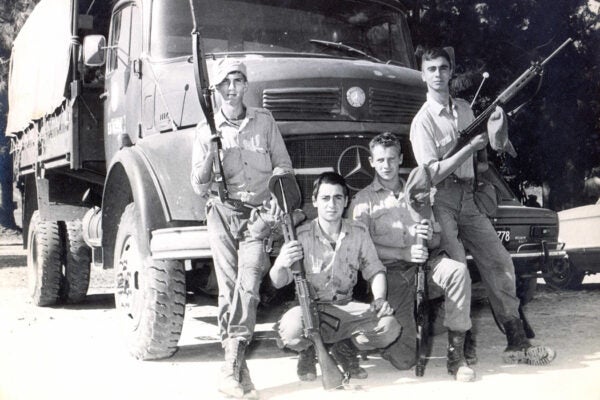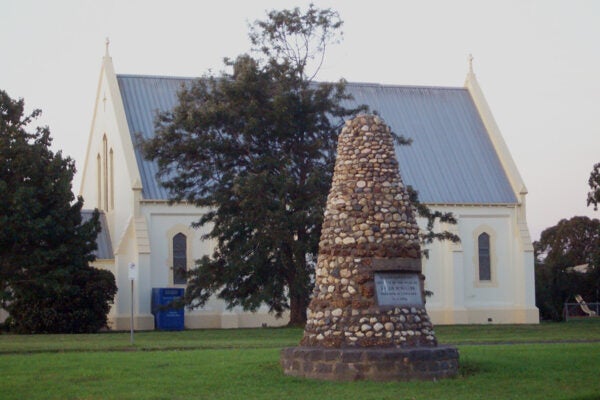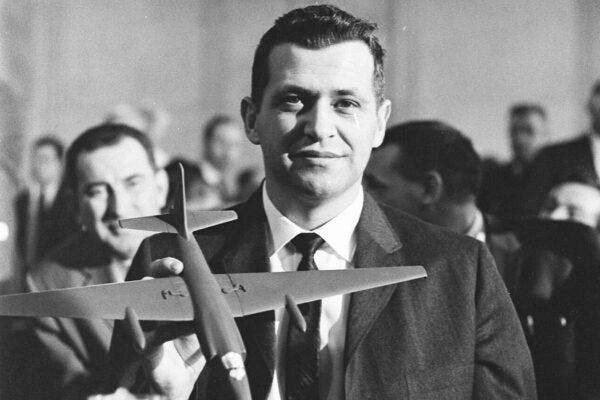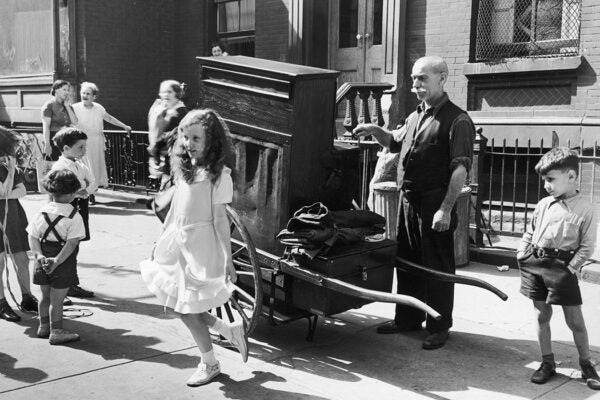For several months each fall, generations of Palestinian families gather for the olive harvest. It’s a critical economic and cultural moment in the year, as olives and their consequent products—cured olives, olive oil, soap—represent the majority of agricultural earnings for Palestinian farmers. This economic dependence on olives underscores the longstanding Palestinian cultural identification with the trees, which have been cultivated in the area for thousands of years. As legal scholar Irus Braverman observed in a 2009 article, “trees in general, and olive and pine trees in particular, perform a pivotal role in both the Zionist and the Palestinian national narratives,” such that conflicts over trees and planting rights are “a microcosm of the Israeli-Palestinian conflict,” as NPR described it in reporting on the killing of a Palestinian olive farmer in October 2023.
Through numerous interviews and anecdotes borne out in legal cases, economics, and statistics, Braverman outlines how the Palestinian identification with the olive tree “is not only the result of its economic, cultural, and historical significance within this particular culture, but is increasingly a product of the olive’s brutal targeting by the State of Israel and by certain Jewish Israeli settlers.”
In particular, “direct and indirect acts of uprooting, sabotaging, and denying the Palestinians access to the olive tree, the State of Israel and the settlers have vested the olive with enormous power” and have further made olive trees “into a manifestation of Palestinian resistance to Israel’s occupation.”
As Israeli settlement expanded after the second Intifada in 2000, Palestinians’ economic relationship and identification with olive trees became increasingly relevant. Braverman, writing in 2009, cited 45 percent of arable land in occupied Palestine being planted with olive trees.
“Israel’s severe restrictions on movement since the second Intifada have caused many to lose their jobs,” she writes. The increase in unemployment—now more than 50 percent of the workforce—has gradually increased the number of Palestinians whose livelihoods depend on local sources of income…chiefly on their ability to complete the economic cycles of olive oil production.”
In December 2023, NPR reported that olives and their byproducts were the largest economic sector of the West Bank, comprising between 50–90 percent of farmers’ earnings in the area.
Palestinians’ economic reliance on olive trees reiterates existing cultural and religious reverence for the tree. Along with figs, olive trees are a shajara mubaraka, Braverman writes, a holy tree blessed by Allah in the Quran. It’s also known as “the pauper’s tree,” (Shajara el-Fakir).
“‘[Y]ou don’t give it anything and it gives you everything in return,’” many Palestinian farmers told Braverman. Combined with the communal nature of the olive harvest each year, the olive tree has become an orienting cultural feature around which families celebrate and survive. As one fallah (farmer) describes it, “The olives are my life. [They are] my soul. My olives are like my children,” demonstrating what Braverman calls the “intense identification” and “interchangeability between the material olive tree and the body of the Palestinian.”
Braverman traces several moments in the early and mid-2000s when Israeli settlement and so-called security expansion into Palestinian-owned farmland resulted in uprooting swathes of olive trees or significant regulation of access to trees and land they owned.
“Since its inception, but increasingly in the last two decades, Israel has been uprooting Palestinian olive trees,” she writes, alluding to the time when Israel began construction of the Separation Barrier in the West Bank and various “watchtowers, checkpoints, additional roads, and security fences around Jewish settlement” in the early 2000s. With the construction of the former, “Palestinians became responsible for initiating requests [to the Israel Defense Forces] for protection through a rigid and complicated permit system” to access their land and trees trapped behind the barrier. While Israel’s Supreme Court ordered the IDF to support the olive harvest and protect harvesters, “military commanders increasingly request[ed] that Palestinians acquire permits for all areas,” and the practice effectively increased the bureaucratic structures and rigid temporal restrictions on when Palestinians can access their olive groves.
Weekly Newsletter
Critically for the harvest, the need for Palestinian farmers to request protection from the IDF to access their land transformed “agricultural time, structured by seasons and associated with varied tasks, to ‘clock time,’” as Braverman describes it, drawing on the work of E. P. Thompson. Farmers would receive assignments for when in the year they could access their trees, as determined by IDF’s timetables and inaccurate belief that the trees only needed to be tended to during the harvest.
Braverman refers to the human rights organization B’Tselem, which noted in 2004 that “cultivation of the orchards throughout the year, such as plowing, pruning, and weeding, greatly affects the yield and quality of the olives and the oil.” Thus, in addition to restricting access to their own trees and, the arrival of Israeli settlers, military, and so-called security infrastructure to the West Bank “invalidat[ed] the Palestinian’s vernacular sense of time.”
“In effect,” Braverman concludes, “the Palestinian relationship to trees, and especially the olive tree, is now mediated through Israel’s detailed and often incomprehensible military regulations.”







